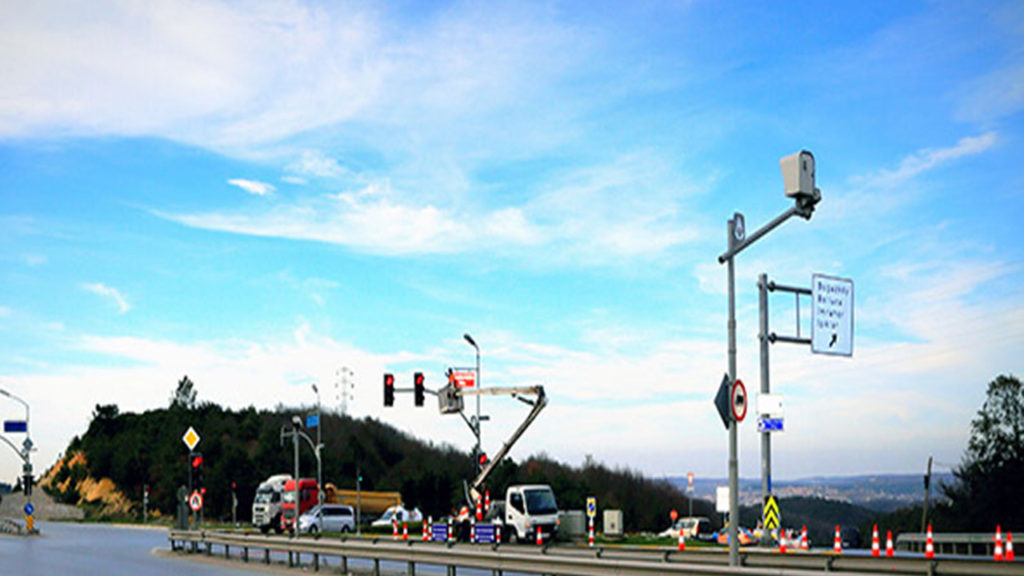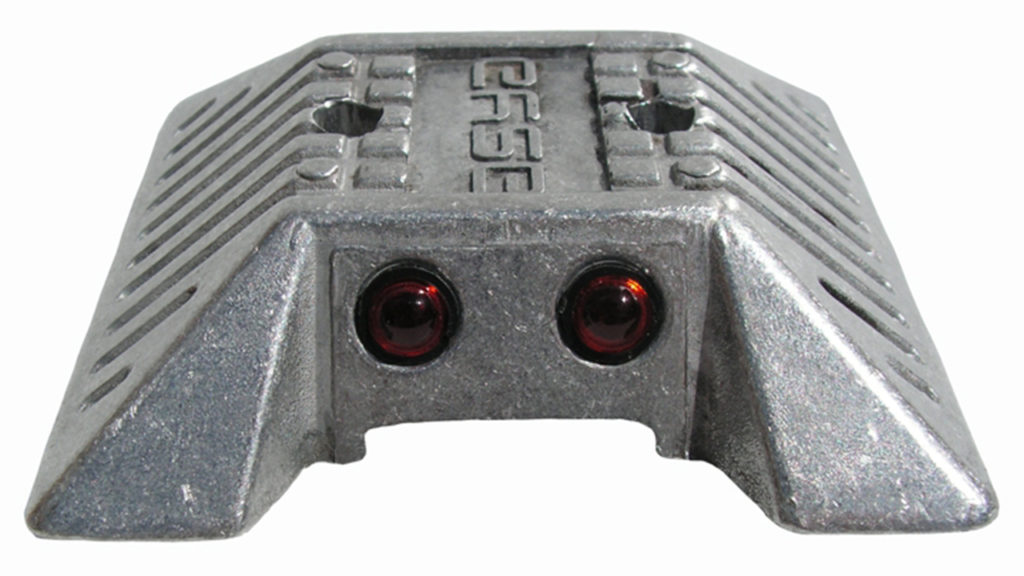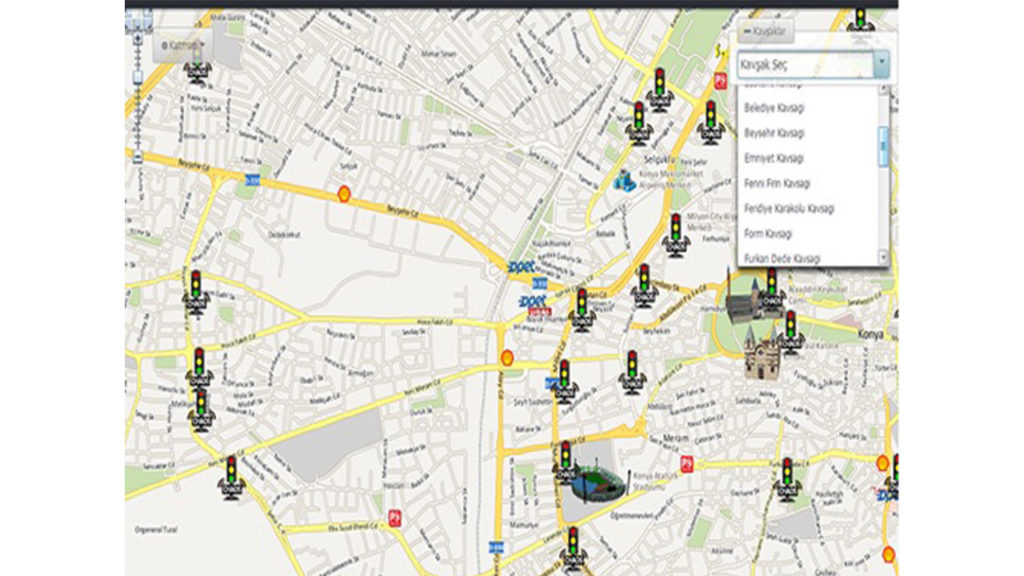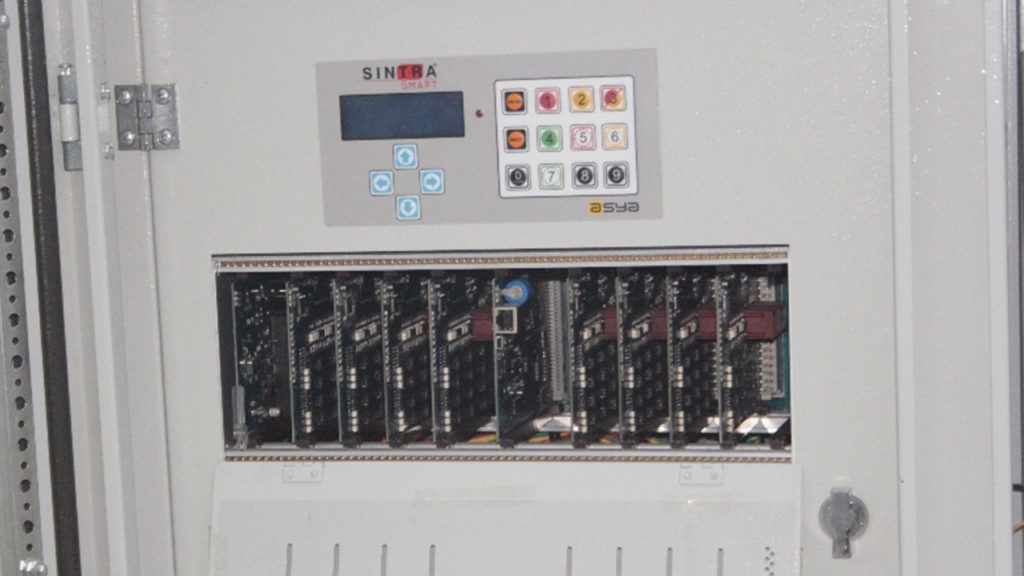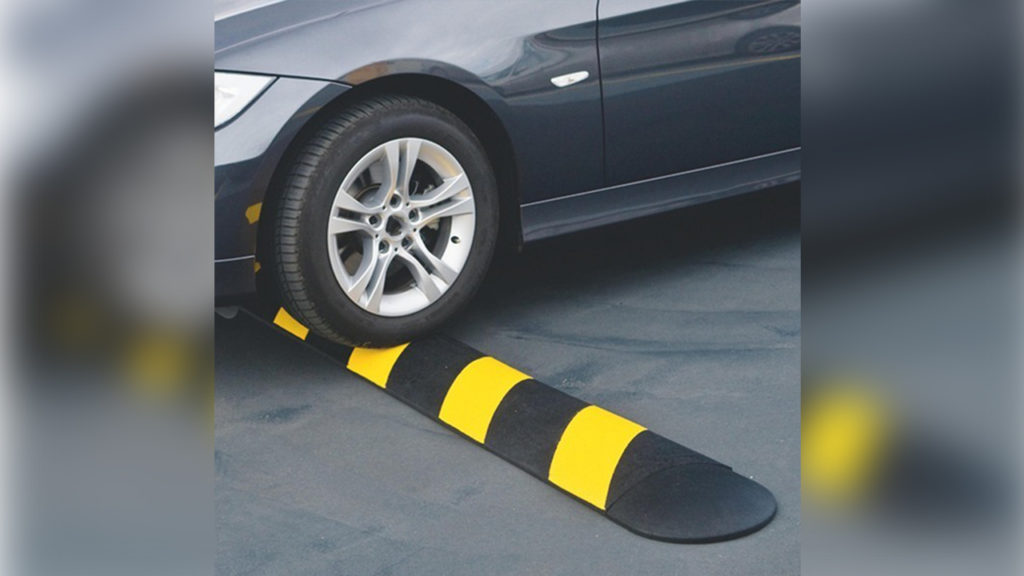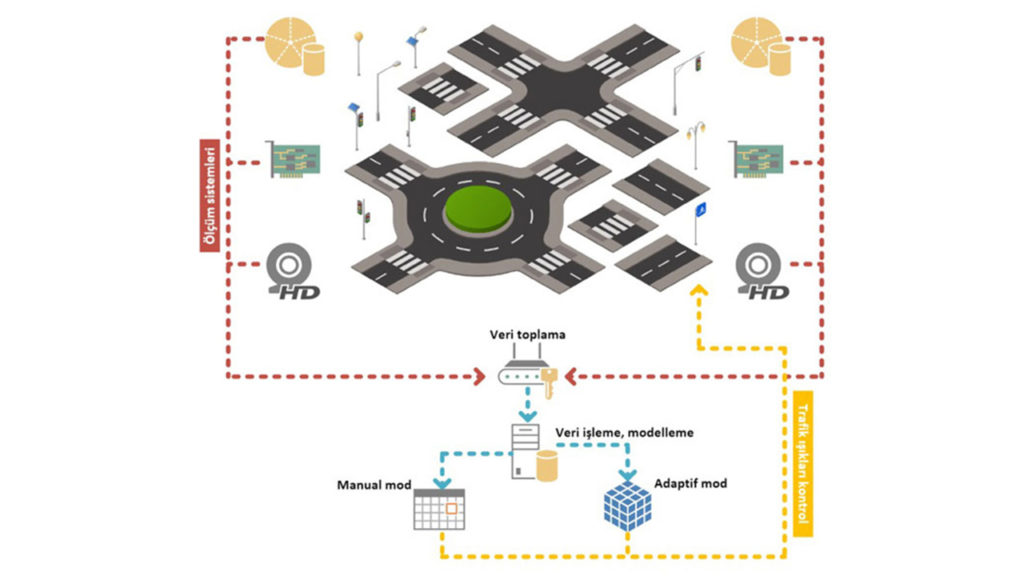
The intersection must be examined and analyzed before the establishment of signaling facilities requiring long-term investment and maintenance. The following list specifies the data that should be collected at an intersection, except in special cases:
· Number of vehicles and turn movements
· Physical properties of the road (number of lanes, slope of approach arms, etc.)
· Classes of vehicles
· Pedestrians’ preferred route
· Number of cyclists
· Vehicle speeds for each approach arm
· Region information
· Public transport stations and facilities
· Dangerous intersections between vehicle-pedestrian and vehicle-vehicle
· Field observations during peak hours
Intersection Counts
They give insightful information about vehicle counts, traffic intensity and changes in time intervals at intersection. Traffic counting is important for monitoring the capacity, calculating signal durations, selecting the type of control. Local conditions must also be taken into consideration in decisions to be made. At this topic, the counts at the flows are important. Thus the intensity of each flow can be determined. The vehicles are first counted separately according to their type, then these values are converted to Automobile Unit Equivalent. These translations are described in detail in (TSE, 2013-2).
The counts to be the basis for signaling programs should in principle be carried out in 16-hour counts according to the change of traffic on weekdays. (between 06:00 – 22:00). However, it can be done in every 4 hour counts (06:00 – 10:00 and 15:00 – 19:00) or every two hour counts. All counting methods should include the maximum traffic values for that day. Furthermore, certain days of the week (Saturday – Sunday holiday), the traffic may be crowded and of different composition.
It should be taken into consideration in counting for special days during the year (feast, fair, memorial day, etc.). For the accuracy of the count values, it is usually necessary to count in short time intervals. Counts can be made for hourly, half-hour or optimal 15-minute counts. Besides, the values of the first and last working days of the week and of the weekends and holidays are very changeable, so it is appropriate to select one of the days as Tuesday, Wednesday and Thursday as the counting day. In addition to this, the periods when the schools are closed, the month of Ramadan, the days when the local markets are established, the days of extraordinary weather events, the days when summer-winter time starts etc. should be taken into account in determining the date of counting.
Some extraordinary situations during counting; the occurrence of an accident at the intersection where the count is made, sudden weather influencing vehicle or pedestrian flow, maintenance work in the intersection area or intersection line may also cause the count to be canceled or postponed to another time interval.


